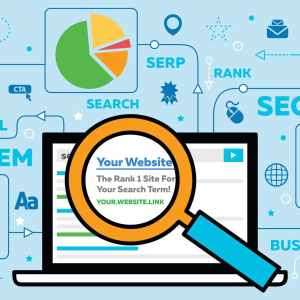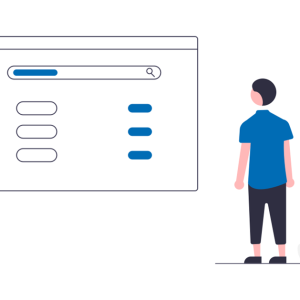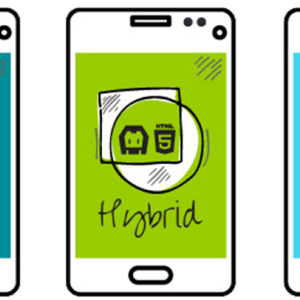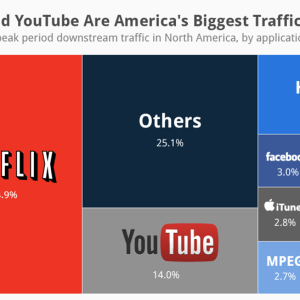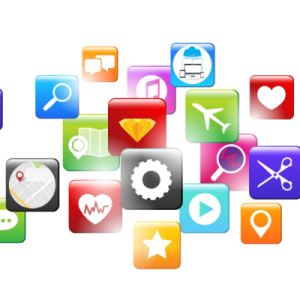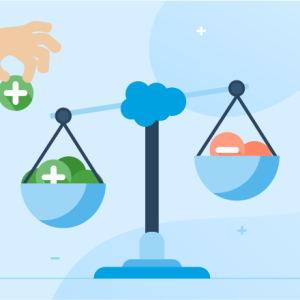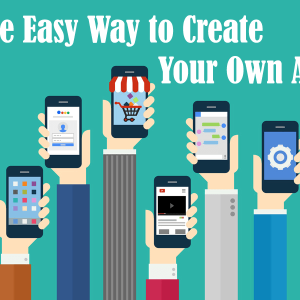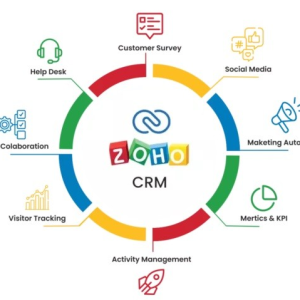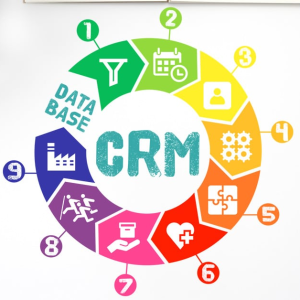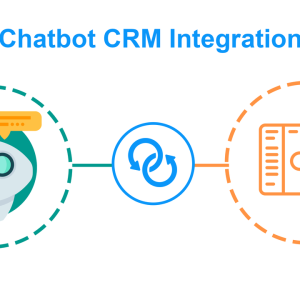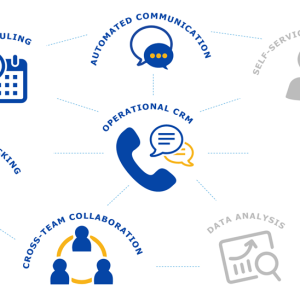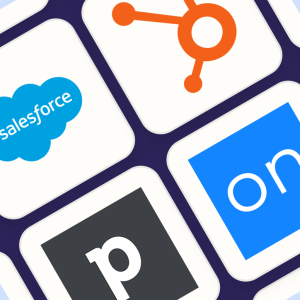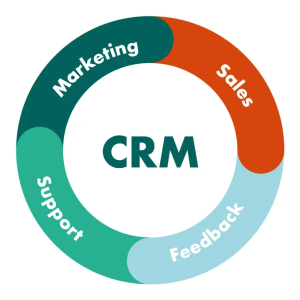
Introduction
As a business owner, you know that customer relations are key to your success. To keep track of all of your customers’ interactions and data, it’s important to implement a CRM system. But before you can do that, you need to understand the development process. This guide will give you an overview of what to expect when creating a CRM system for your business.
What is CRM Development and why do you need it?
When it comes to CRM Development, there are a few key things to keep in mind. First, let’s take a look at what CRM stands for. CRM stands for customer relationship management, and it is a process by which businesses can manage and track customer interactions and data.
What is CRM Development?
CRM Development is a process by which businesses can manage and track customer interactions and data. It allows for the centralization of customer data, which can then be used to improve customer relations, marketing endeavors, and sales strategies. To get the most out of your CRM system, it’s important to understand all aspects of the development process.
Why do you need CRM development?

There are many reasons why businesses might need CRM development. Perhaps the company is experiencing rapid growth and needs a system to help manage all of the new customer data. Alternatively, maybe the old CRM system is no longer meeting the needs of the business and needs to be replaced. In any case, it’s important to understand the benefits of CRM development to make the best decision for your business.
CRM development can offer several benefits to businesses, including:
The ability to manage customer data centrally: Having all customer data stored in one central location makes it much easier to track and manage. This can be a huge time saver for businesses that would otherwise have to search through various sources for customer information.
Improved customer relations: When customer data is easily accessible, businesses can quickly respond to customer queries and complaints. This can help to improve the overall relationship between the business and its customers.
Better marketing efforts: With centralized data, businesses can easily segment their customers and target them with specific marketing messages. This can lead to more effective marketing campaigns and ultimately, more sales.
Improved sales strategies: With a better understanding of customer behavior, businesses can develop more effective sales strategies. This could involve targeting certain customers with specific products or services, or developing new sales methods altogether.
Overall, CRM development can offer several benefits to businesses. It’s important to understand all aspects of the process to get the most out of your CRM system.
The Development Process – What To Expect

A CRM development process usually follows these steps:
1. Assessment phase: This is where you assess your business needs and determine what kind of CRM system would be the best fit. You’ll need to consider factors such as the size of your company, the number of customers you have, what features you need in a CRM system, what kind of data needs to be tracked, what processes need to be automated, and what customer interactions need to be monitored?
Once these needs are understood, the development team can begin to put together a plan of action.
2. Planning phase: Once you know what you need, you can start planning the development of your CRM system. This includes things like choosing the right software platform and designing the database.
There are many CRM platforms on the market, and each has its strengths and weaknesses. It’s important to select a platform that will be able to handle the needs of the business, now and in the future.
After the platform is selected, the development team will begin to work on building the CRM system.
3. Implementation phase: This is where you start setting up the CRM system. This can be a complex process, so it’s important to have a clear plan and timeline. This process typically involves creating custom reports and dashboards, integrating with other business systems, and setting up automated processes. The goal is to make the system as user-friendly and efficient as possible.
4. Testing phase: Once the CRM system is up and running, you’ll need to test it to make sure it’s working properly. This includes things like data entry and customer interaction testing.
Types of testing methods in CRM development

Testing is an important part of any software development process, and CRM systems are no exception. Several different types of testing can be used in CRM development, each of which has its benefits and drawbacks. Here are a few of the most common types of testing:
Unit Testing: This type of testing is used to test individual pieces of code, or units, in isolation from the rest of the system. Unit tests are typically written by developers as they write code, and they can be used to quickly verify that a piece of code works as expected. One of the benefits of unit testing is that it can help find bugs early in the development process before they have a chance to impact the rest of the system. However, unit tests can be time-consuming to write, and they may not always provide comprehensive coverage of the code.
Integration Testing: This type of testing is used to test how well different units of code work together. Integration tests are typically written after all of the individual units have been completed, and they can help identify bugs that only occur when the units are used together. One of the benefits of integration testing is that it can provide more comprehensive coverage than unit testing alone. However, integration tests can be time-consuming to write and may require access to resources that are not available during the development process.
System Testing: This type of testing is used to test an entire system, or a subset of it, to verify that it meets the requirements. System tests are typically written after the code has been completed and can be used to find bugs that impact the overall functionality of the system. One of the benefits of system testing is that it can provide comprehensive coverage of the system. However, system tests can be time-consuming to write and may require access to resources that are not available during the development process.
User Acceptance Testing: This type of testing is used to test how well a system meets the needs of its users. User acceptance tests are typically written after the code has been completed and can be used to find bugs that impact the usability of the system. One of the benefits of user acceptance testing is that it can help ensure that the system is easy to use and meets the needs of its users. However, user acceptance tests can be time-consuming to write and may require access to resources that are not available during the development process.
Performance Testing: This type of testing is used to test how well a system performs under load. Performance tests are typically written after the code has been completed and can be used to find bugs that impact the performance of the system. One of the benefits of performance testing is that it can help ensure that the system can handle heavy loads. However, performance tests can be time-consuming to write and may require access to resources that are not available during the development process.
Security Testing: This type of testing is used to test how well a system is protected from security threats. Security tests are typically written after the code has been completed and can be used to find bugs that impact the security of the system. One of the benefits of security testing is that it can help ensure that the system is secure from threats. However, security tests can be time-consuming to write and may require access to resources that are not available during the development process.
Compatibility Testing: This type of testing is used to test how well a system works with other systems. Compatibility tests are typically written after the code has been completed and can be used to find bugs that impact the compatibility of the system. One of the benefits of compatibility testing is that it can help ensure that the system can work with other systems. However, compatibility tests can be time-consuming to write and may require access to resources that are not available during the development process.
Many different types of testing can be used to test software. The type of testing that is used depends on the goals of the testing and the resources that are available.
5. Go-live phase: This is when you launch the CRM system and start using it for your business. This is an important milestone, so you’ll want to make sure everything is working properly before making the switch.
In the end, it’s important to make sure that your new CRM system is working properly before launch. There are many steps during this process that may seem like unnecessary tasks but they’re necessary for making everything go as smoothly and quickly as possible when dealing with large volumes of data or complicated processes such as training users on how to use their machine-learning algorithms!
How to get the most out of your CRM system
#1 “What am I trying to achieve?”
Make sure your business goals match up with those of any given software provider. Don’t just dive in and hope it all works out – instead take some time before making decisions so as not only can we tailor our systems more perfectly but also avoid wasting money on something that isn’t right or useful enough when there are other options available!
#2 Don’t be discouraged if the development process is lengthy or complex
You should have a clear understanding of what you want from your CRM system before starting this tedious task to avoid any surprises down the line!
#3 Remember that the development process is an ongoing one
The system is a living, breathing entity that needs to be monitored and updated constantly.
Get ready to make your business skyrocket with this comprehensive CRM system. The development process may seem like an intimidating task, but don’t worry! Because, first, there was the swish and swoosh, then came a poof! and everything fell into place with its perfect symmetry!
FAQs about CRM Development
1. What is the best way to get started with CRM development?
The best way to get started with CRM development is to identify your business needs and goals. Once you have a clear idea of what you want to achieve, you can begin to research different CRM solutions that will fit those needs. Once you have a shortlist of potential solutions, you can then begin to contact CRM development companies to get more information and quotes.
2. What factors should I consider when choosing a CRM development company?
There are a few key factors you should consider when choosing a CRM development company. First, you should consider the size of the company and its experience in developing CRM solutions. It’s also important to look at the company’s portfolio to see if they have experience with similar projects. Finally, you should get quotes from multiple companies to ensure you’re getting the best value for your money.
3. How long does it usually take to develop a CRM system?
The time it takes to develop a CRM system can vary depending on the size and complexity of the project. However, most projects usually take between 4-6 months to complete.
4. What are some common features of a CRM system?
Some common features of a CRM system include customer data management, sales tracking, marketing automation, and customer support.
5. How much does it usually cost to develop a CRM system?
The cost of developing a CRM system can vary depending on the size and complexity of the project. However, most projects usually fall in the range of $5,000-$10,000.
6. What are the benefits of developing a CRM system?
There are many benefits of developing a CRM system, including improved customer relations, increased sales, and better marketing strategies. Additionally, a CRM system can help you save time and money by centralizing customer data and automating repetitive tasks.
The future of CRM systems
The future of CRM systems is looking bright. With the ever-increasing popularity of smartphones and tablets, more and more businesses are turning to mobile CRM systems to manage their customer interactions. This allows for greater flexibility and portability, making it easy for sales reps to stay connected with their customers no matter where they are.
Another trend that is gaining popularity is the use of cloud-based CRM systems. This type of system offers many benefits, including lower costs, easier implementation, and automatic updates.
As businesses become more globalized, there is a growing need for CRM systems that can be used in multiple languages. Luckily, several providers offer bilingual CRM systems.
No matter what your business needs are, there is a CRM system out there that can help you improve your customer relations and boost your bottom line.
Conclusion
Developing a CRM system can be a complex process, but it’s well worth the effort to improve customer relations and sales. By taking the time to understand all aspects of the development process, you can ensure that your CRM system is tailored to meet your specific needs. If you’re looking for help in developing a CRM system, consider working with a professional development team.
We know that you’re probably wondering how your business can be so much more efficient. Well, we have the answer! Our comprehensive CRM system will take care of every aspect and make sure things run smoothly for years to come with one easy-to-move button (that’s right – no installs). There are other options like Zendesk, HubSpot, etc., however with 12 Channels you won’t ever need another worry again if this amazing product is in place because our team at 12 channels is always here when it matters most; ready 24/7 by phone or email whatever works best for YOU.

